An EBITDA improvement roadmap is a strategic plan designed to increase a company's earnings before interest, taxes, depreciation, and amortization (EBITDA). To understand the significance of this roadmap, it is essential to grasp the meaning of EBITDA and its importance in evaluating financial performance.
EBITDA is an acronym for "Earnings Before Interest, Taxes, Depreciation, and Amortization," which represents a commonly used metric for assessing a company's operating performance. Essentially, it evaluates profitability by excluding non-operating items such as interest expenses and taxes as well as non-cash expenses like depreciation and amortization. That allows investors and analysts to focus on the core operations of a business without being influenced by external factors or accounting practices.
One question that arises when discussing EBITDA is "What is a good EBITDA margin?" While there isn't one universally applicable answer — it may vary depending on factors like industry norms — higher margins are generally considered favorable. A higher EBITDA margin indicates a company has a larger percentage of its revenue remaining after deducting operating expenses. That signals greater operational efficiency and profitability potential. Comparing EBITDA margins within an industry can provide valuable insights into how well companies manage their costs relative to their peers.
To improve the EBITDA margin, businesses may follow an EBITDA improvement framework or roadmap. Such frameworks often encompass various stages and milestones and optimize the business operations that impact overall financial performance. Components of these roadmaps may include:
* Cost management initiatives
* Process optimization efforts
* Investment in technology advancements
* Sales revenue growth strategies
Implementing cost management initiatives forms an integral part of any effective EBITDA improvement roadmap. By cutting unnecessary expenditures or improving resource allocation efficiency in areas like labor costs or supply chain management, companies can directly boost their EBITDA margins. Furthermore, businesses may also explore strategies to renegotiate supplier contracts or streamline procurement procedures to achieve cost savings and control operating expenses.
Process optimization efforts comprise another essential aspect of an EBITDA improvement roadmap. By identifying bottlenecks within existing operational processes and introducing enhancements, organizations can increase productivity and reduce time spent on non-value-adding activities. That could involve methods such as Lean Six Sigma or Business Process Management (BPM), which identify areas of waste and inefficiency within operations and ultimately lead to performance improvements that positively impact EBITDA.
Investment in technology advancements is yet another crucial component of any EBITDA improvement roadmap. Companies should continuously evaluate and adapt emerging technologies that can help:
* Automate manual tasks
* Provide valuable analytical insights for decision-making
* Improve overall process efficiency
* Allow teams to communicate with each other more effectively
* Reduce data silos in systems
* Enhance productivity outcomes for a business
Embracing digital transformation initiatives and leveraging data analytics tools can lead to substantial benefits, such as cost savings and revenue generation. For example, companies can use the latest technologies to automate processes, reduce labor resources, and identify cost-cutting measures. That will improve overall business growth.
Lastly, driving sales revenue growth is indispensable for EBITDA margin improvement. Companies should analyze their existing customer base, target markets, and product/service offerings to identify opportunities for expansion or diversification. Implementing new marketing strategies or optimizing sales channels can contribute significantly towards generating higher revenues while maintaining a strong focus on profitability. In conclusion, following a comprehensive EBITDA improvement roadmap encompassing cost management initiatives, process optimization efforts, investments in technology advancements, and sales revenue growth strategies can be highly beneficial for businesses seeking enhanced financial performance. By systematically addressing these critical areas, organizations are more likely to achieve sustainable improvements in their EBITDA margins over time.
Key Components of the EBITDA Improvement Roadmap
An EBITDA improvement roadmap helps businesses to enhance their financial performance and overall operational efficiency. This comprehensive approach involves a thorough evaluation of various factors that can influence a company's profitability, such as cost management, revenue growth strategies, and capital allocation.
Cost management is one of the critical components in an EBITDA improvement roadmap. That's because effectively controlling and minimizing expenses can improve a business's bottom line. Techniques such as zero-based budgeting, supplier negotiations, and reducing waste can lead to significant savings for companies without compromising the quality of their products or services. Additionally, implementing robust monitoring systems and conducting regular financial audits can help identify areas where organizations can reduce costs further.
Operational efficiency is another crucial element of an EBITDA improvement roadmap. An organization that operates efficiently will have streamlined processes, optimized resource utilization, and enhanced productivity levels. Some methods for improving operational efficiency include:
* Adopting automation technology or digitizing manual tasks
* Investing in employee training programs to enhance skills and knowledge
* Eliminating process redundancies or bottlenecks within workflows
* Implementing data-driven decision-making frameworks
Revenue growth strategies are equally important when examining components of an EBITDA improvement roadmap. Increasing sales directly impacts an organization's profitability while also demonstrating its ability to compete effectively within its market. Strategies for growing revenue may include:
* Expanding into new markets or territories
* Introducing new products or services
* Targeting different customer segments
* Developing strategic partnerships with complementary businesses
* Strengthening marketing efforts to attract more prospective clients
* Offering promotions or incentives that drive customer loyalty and repeat business
Capital allocation refers to how a company manages its available resources by distributing funds across operations, including:
* Investments in fixed assets like machinery or property
* Research and development projects
* Acquisitions and mergers
* Working capital requirements
* Paying dividends
Ensuring efficient capital allocation plays a pivotal role in enhancing a firm’s financial performance, including EBITDA. Companies need to make informed decisions about their investments, balance risk and return, and consider the long-term impact on shareholder value.
Understanding what affects EBITDA is fundamental for any organization seeking to improve its financial standing. Factors that can influence EBITDA include fluctuations in market demand, changes in input costs, regulatory or legal requirements, competition levels within an industry, technological advancements impacting operations or product offerings, and management's ability to control costs and drive revenue growth.
In summary, an EBITDA Improvement Roadmap offers a holistic approach to enhancing financial performance. By focusing on cost management, operational efficiency, revenue growth strategies, capital allocation, and understanding what affects EBITDA, organizations can develop targeted action plans that will result in improved profitability and long-term success. This roadmap serves as a valuable tool for companies of all sizes and across various industries looking to optimize their overall financial health.
Implementing the EBITDA Improvement Roadmap
Implementing an EBITDA improvement roadmap is essential for businesses looking to strengthen their financial position and increase their overall market value. EBITDA, which, again, stands for Earnings Before Interest, Taxes, Depreciation, and Amortization, is an important financial metric that provides valuable insights into the profitability and operational performance of a company. A well-structured EBITDA improvement roadmap can lead to significant gains in terms of:
* Cost savings
* Increased efficiency
* Revenue growth
* Improved competitive positioning
One critical aspect of an effective EBITDA improvement roadmap is knowing how to increase EBITDA. That involves identifying key areas in which performance improvements can be made, conducting a thorough analysis of the company's financial statements, and discovering trends or patterns that may impact its margins. Organizations can use these findings to develop targeted strategies that enhance their operational efficiencies, drive revenue growth, and enhance overall profitability.
In today's rapidly evolving business environment, IT solution consulting has emerged as a critical component of any successful EBITDA margin improvement strategy. IT consultants have extensive knowledge of various technology platforms and systems that can help companies optimize their operations while reducing costs and enhancing customer satisfaction levels. By leveraging their technical expertise and industry experience, IT consultants can provide invaluable guidance on implementing cutting-edge technologies that drive significant improvements in a company's bottom line.
Data analysis plays a crucial role in developing a comprehensive EBITDA improvement roadmap. By examining large quantities of data from various sources — such as sales figures, customer feedback, market research studies, competitor information, and internal operational data — businesses can identify potential areas for optimization and uncover hidden growth opportunities. Through advanced data analytics techniques such as predictive modeling and machine learning algorithms, organizations can gain deep insights into their existing processes and make better-informed decisions when allocating resources more efficiently. Teams can view these insights on graphs, charts, and other data visualizations to learn about the latest business trends.
IT consulting services are instrumental in helping businesses to implement their EBITDA improvement roadmap effectively. As experts in various technology platforms, IT consultants can provide guidance on selecting the right tools and systems, enabling companies to streamline their operations and achieve their EBITDA margin improvement goals. By working closely with internal teams, IT consultants can:
* Identify potential bottlenecks and inefficiencies in existing processes
* Recommend suitable technology solutions
* Assist in the implementation of these solutions
In conclusion, implementing an EBITDA improvement roadmap is a multifaceted approach that requires a deep understanding of various financial metrics, data analysis techniques, and IT solution consulting services. By leveraging these elements effectively, businesses can significantly improve their profitability and operational efficiency while driving sustainable growth in an increasingly competitive landscape. Through ongoing monitoring and customizing implemented strategies based on real-time data insights, companies can continuously adapt to changing market conditions and ensure long-term success in their respective industries.
Related Articles:
Private Equity IT Consulting
Private Equity Cost Optimization
Private Equity IT Consulting
Private Equity Procurement
IT Procurement Consulting
IT Procurement Strategy
Strategic Sourcing Consulting
Enterprise IT Solutions
Business Technology Consulting
IT Procurement Services
IT Procurement Consulting
AI in the Contact Center
Vendor Selection Process in Procurement







